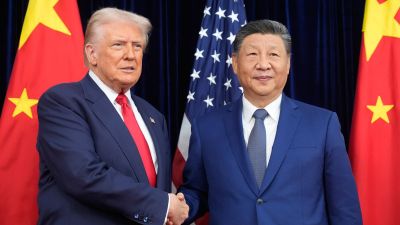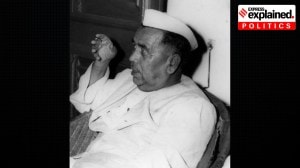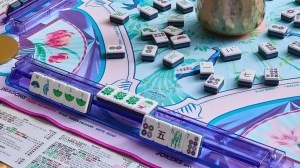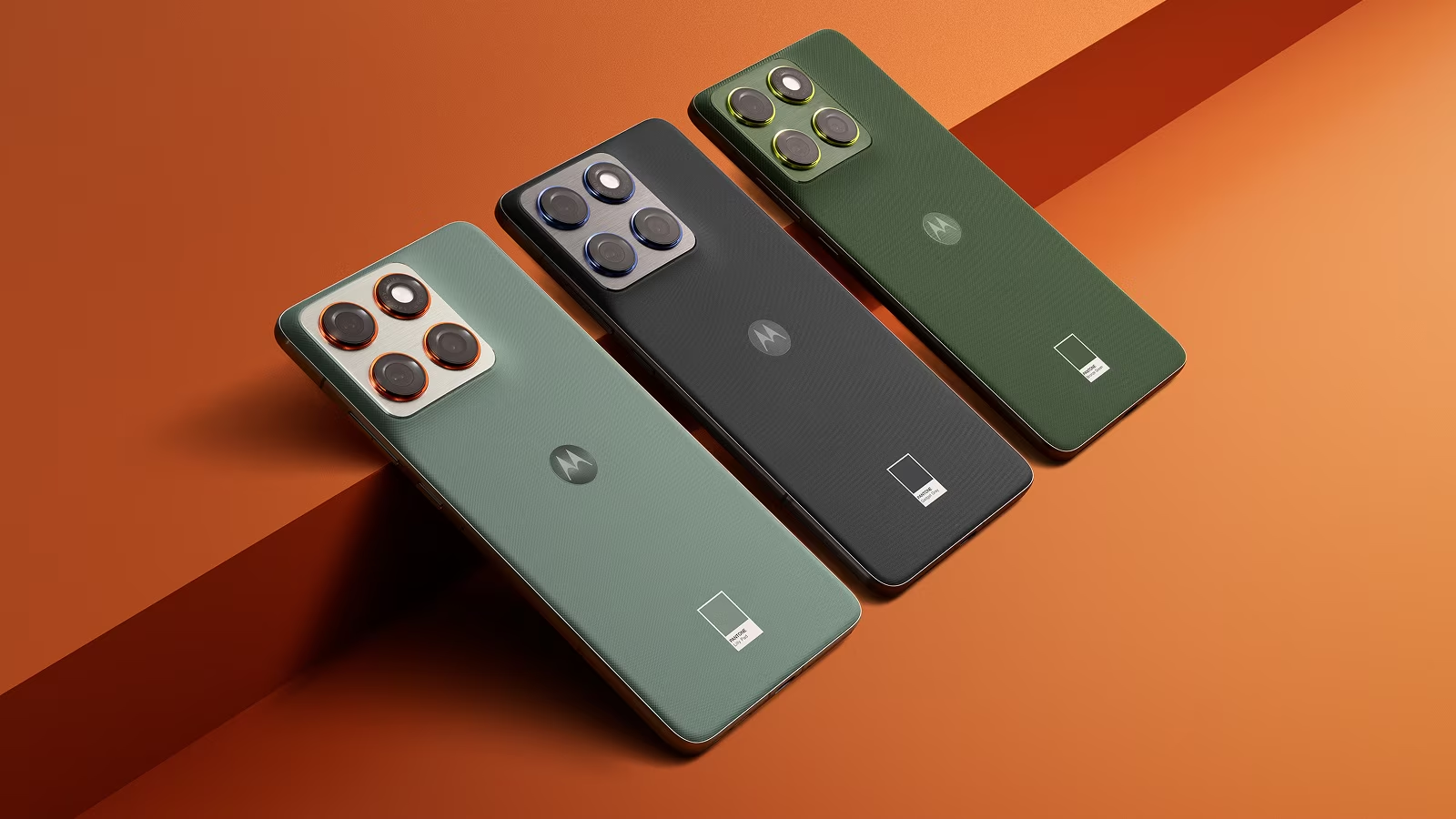Pistol Pete wins battle of veteran gun-slingers
You've known Pete Sampras and Andre Agassi for half their lives now. You’ve known them since they were boys, with narrow chests and dop...

You’ve known Pete Sampras and Andre Agassi for half their lives now. You’ve known them since they were boys, with narrow chests and dopey expressions. You’ve seen their girlfriends come and go, breakups and divorces. Now you know them as grown-ups, as fathers and husbands, and above all as adults, and that is what was so satisfying about their US Open final Sunday. It was a meeting of men. The Lleyton Hewitts and Andy Roddicks will have their day, and in fact it’s already here. But this particular day in tennis history belonged to Sampras, 31, and to the longtime rival he bested, 32-year-old Agassi, 6-3, 6-4, 5-7, 6-4.
Afterward, you shared an intimate moment with Sampras, when he jogged through the stands to embrace his wife, Bridgette Wilson, who is pregnant with their first child. And you might have felt a pang for Agassi and his wife, Steffi Graf, who held their infant son in the stands.
You’ve known him since he was 19, and seen him win 14 Grand Slam titles but you’ve also seen him pitiable and dispirited as he went winless for the past two years, 26 long months, to be exact, in which he contemplated retirement. This is what tennis needs more of: adults.
Chiefly, it needs more players with whom the audience has developed a relationship, if not affection. Too often we hurry athletes toward retirement. The conventional wisdom in any sport, particularly tennis, the sport of child champions and teen-age burnouts, is that he or she should pack it in and preserve the storybook ending. But when we do this we rob the athlete, and we rob ourselves. Had Sampras listened, he would have cheated himself of the title that might be his most rewarding – both for him and for us.
Over the years, they have been a study in opposites, in temperament, in tastes, and in strategy. Agassi is the ground-stroking exhibitionist and, at times, the hedonist who took shortcuts and long breaks between his seven Grand Slam titles.
Agassi likes to tell this story on himself. A few months ago, he was baby-sitting while Graf ran errands. Agassi decided to trim his son – Jaden Gil – the boy’s lush blond hair. He got out his razor, but forgot to change the setting. He ran he razor gently along the baby’s head, and forged a wide bald stripe down the middle. When Steffi came home, the baby was as bald as his iconoclastic father.
Sampras was always the internalizer, reserved and methodical with the momentum-killing serve and volley game, abbreviating every point.
The past 26 months, he says, were a matter of mental fatigue, not physical, and the low point was his second-round loss at Wimbledon in June, after which he sat in his chair for long minutes disconsolate, and thought about stopping. ‘‘So much of what I was going through was mental,’’ he said. ‘‘It wasn’t forehands and backhands, it was my head space.’’
Sampras and Agassi both proved emphatically that age is irrelevant for them with their performances at the Open. Agassi defeated top-ranked Hewitt in four sets in the semifinals. Sampras played five dominant matches in seven days, and showed no sign of tiring. His serving arm was alive as it’s ever been against Agassi.
In the end, Sampras’s 33 aces and 84 winners were simply overwhelming, and as persuasive as any match he played in his youth. And it should put a halt to that talk of retirement. After all, we’re finally getting to know him. ‘‘It’s a storybook ending and it might be nice to stop,’’ Sampras said, ‘‘but …’’ (LA Times-Washington Post)





- 01
- 02
- 03
- 04
- 05


























